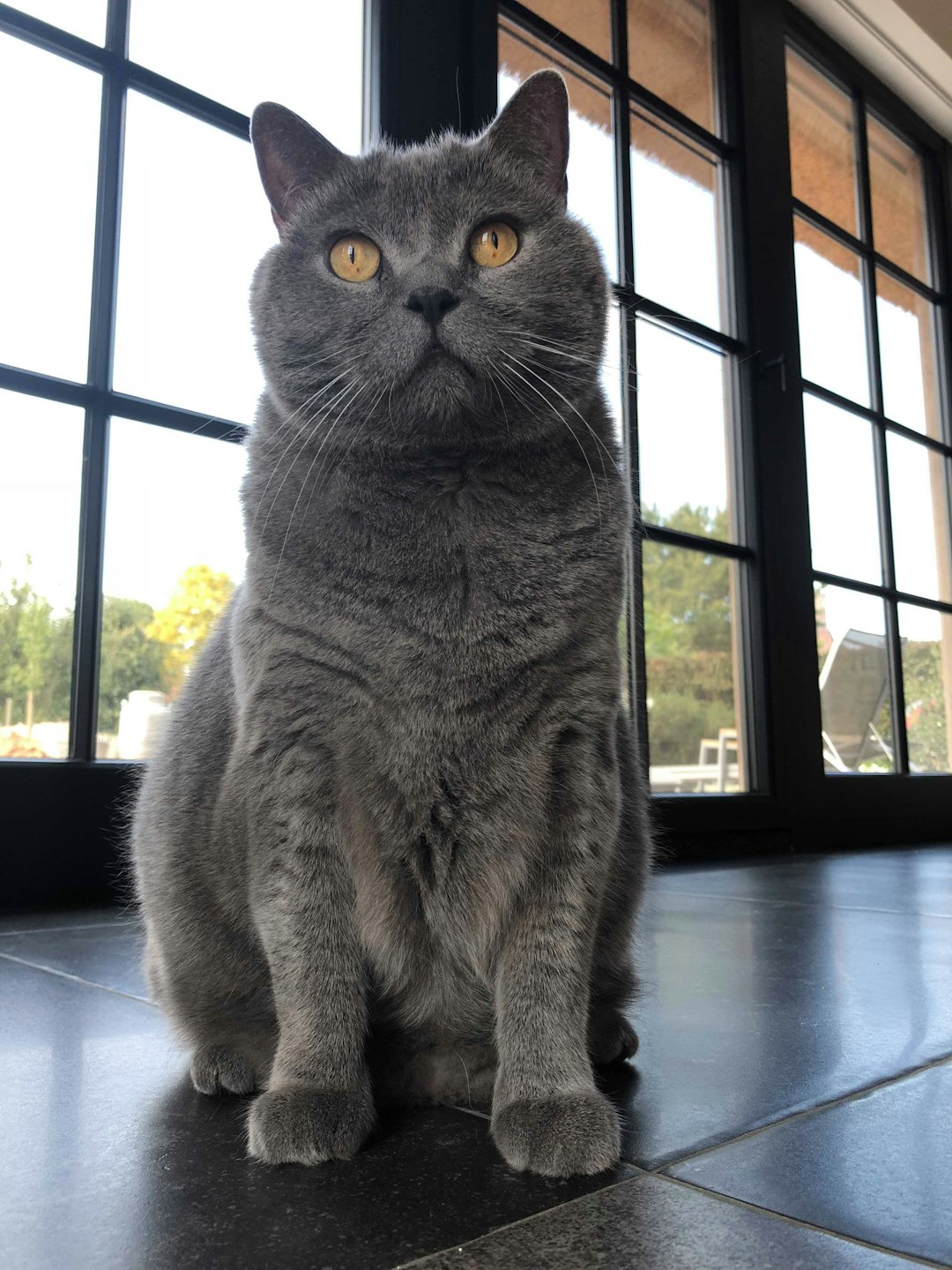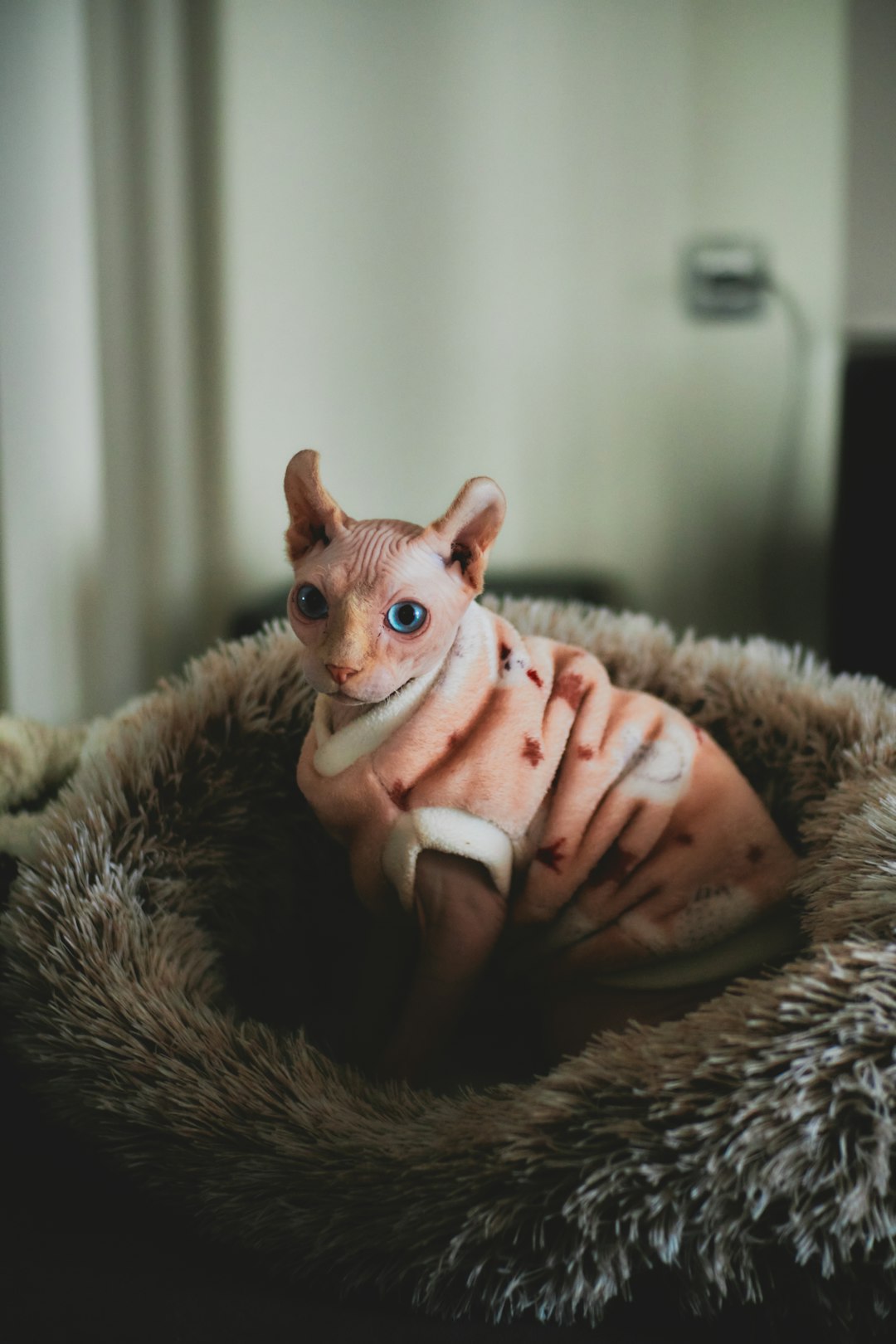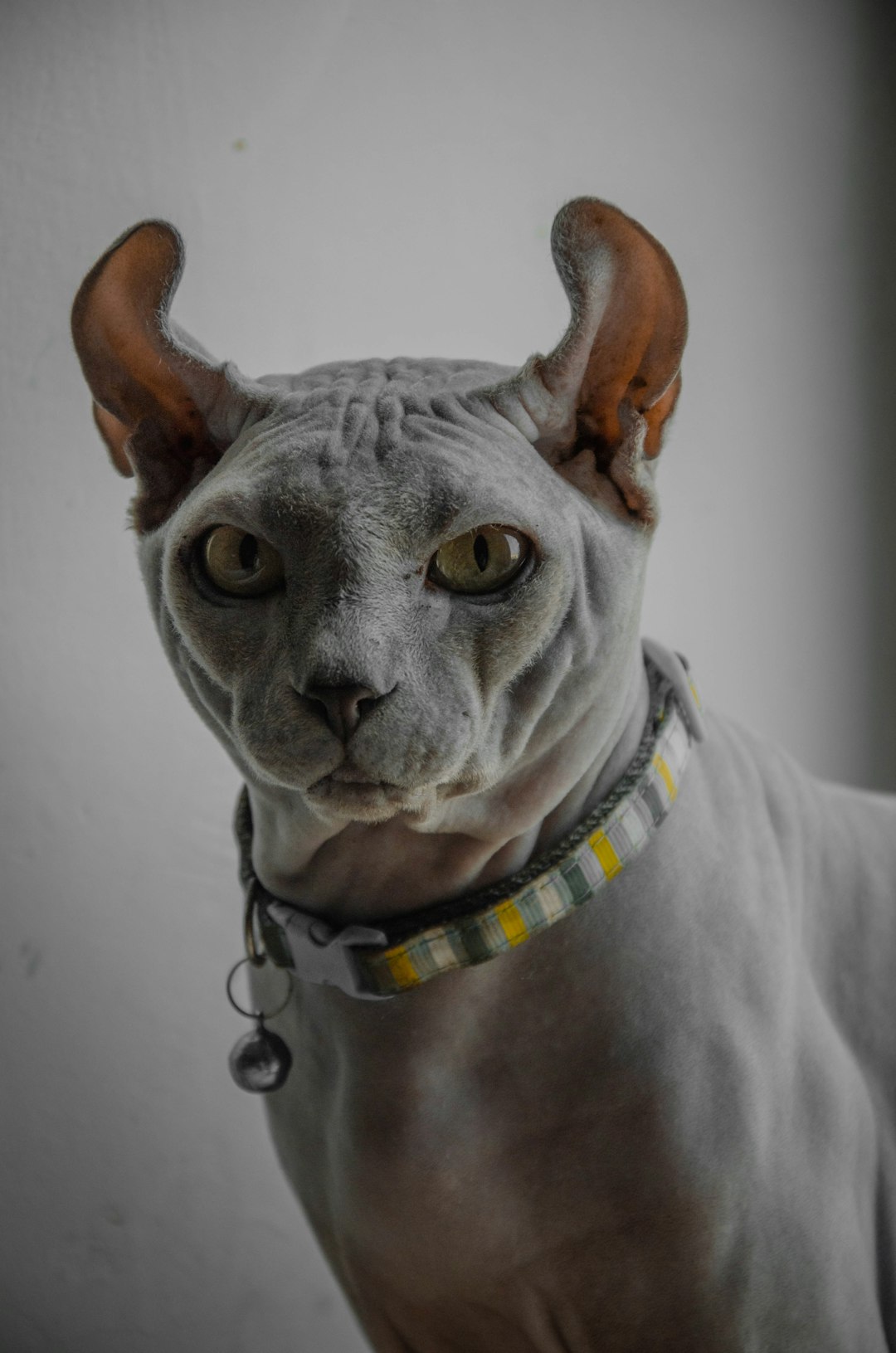Cat purring is a fascinating and complex behavior that reveals much about your feline’s emotional state. Understanding the cat purring meaning goes beyond simply enjoying the soothing sound; it involves recognizing the underlying comfort signals your cat expresses. By delving into the science of cat purring and its various functions, you can gain insights into your cat’s well-being and strengthen your bond. Whether they are content, seeking attention, or expressing discomfort, each purr carries a specific message that invites further exploration.
The Science of Cat Purring
Understanding cat purring meaning requires delving into the fascinating science behind this behavior. Purring primarily occurs when a cat contracts and relaxes its laryngeal (throat) muscles, producing a unique sound that resonates at a frequency between 25 and 150 Hertz. This frequency has been found to have potential healing properties, which may explain why cats tend to purr when they are injured or unwell.
Key Points about Purring:
- Muscle Control: Cats control their purring by rapidly contracting their diaphragm while breathing in and out.
- Energy Efficiency: Surprisingly, purring can help conserve energy, making it easier for cats to recover from injuries or illness.
- Common Myths: Many people believe purring only signifies contentment; however, it serves various functions, from comfort and communication to self-healing.
In summary, the cat purring meaning extends beyond simple happiness. Understanding the mechanics behind purring reveals its multifunctional nature, showcasing the complexity of feline communication and health.
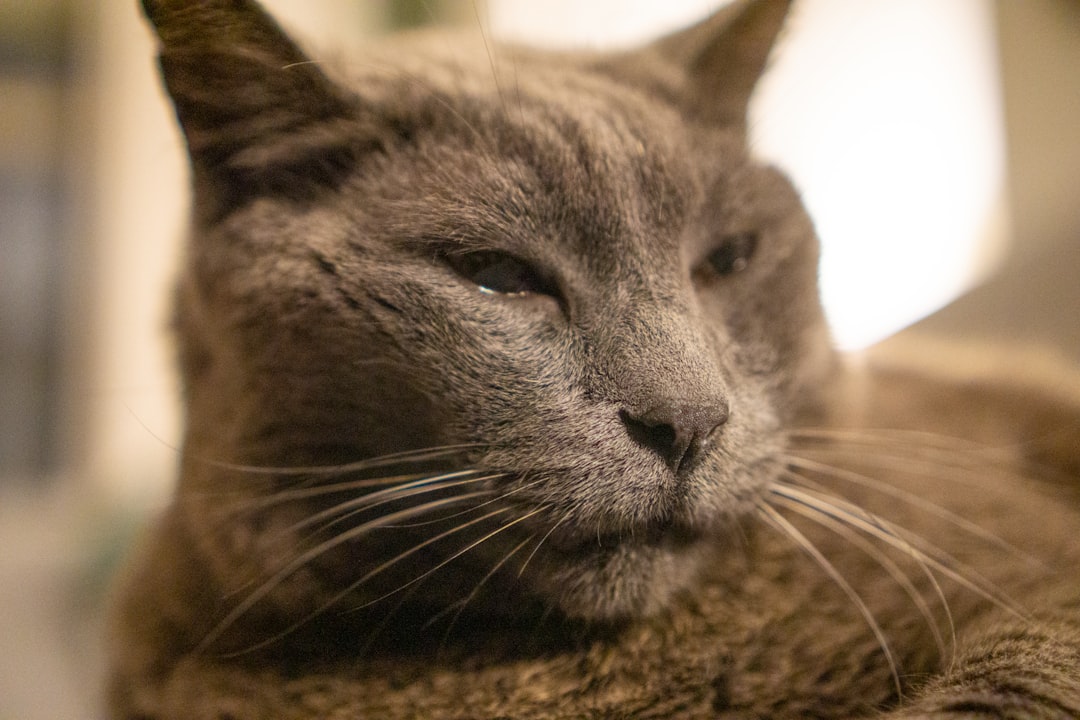
How Purring Differs from Other Vocalizations
Understanding cat purring meaning involves recognizing how it stands apart from other vocalizations that felines produce. While cats have a versatile communication repertoire, purring is unique. Here are some key distinctions:
Tone and Frequency: The sound of purring typically ranges from 25 to 150 Hertz, a frequency known to promote healing. In contrast, meowing or hissing serves more as warning signals or a call for attention, usually featuring higher pitches.
Context of Use:
- Purring: Often accompanies moments of relaxation or comfort, typically when your cat is being petted or lounging.
- Meowing: Primarily aimed at humans; this vocalization often communicates needs such as hunger or the desire for affection.
Emotional Signals:
- Purring: Indicates contentment or self-soothing.
- Hissing or Growling: Signals fear or aggression, promoting avoidance rather than comfort.
In summary, understanding the cat purring meaning enables you to appreciate your feline’s comfort and well-being, distinguishing it from the varied messages conveyed through other sounds.
Common reasons why cats purr
Understanding the cat purring meaning can reveal much about your feline friend’s emotions and needs. Here are some of the most common reasons why cats purr:
- Contentment: Cats often purr when they are happy, relaxed, or enjoying a cozy moment with their owners. This comforting sound is their way of expressing satisfaction.
- Self-soothing: Cats also purr when they feel stressed or in pain. This behavior might help them calm down and soothe themselves during challenging moments.
- Communication: A mother cat will often purr to communicate with her kittens. This can help establish a bond and ensure the kittens feel safe and secure.
- Attention-seeking: When cats want affection or food, they may purr to grab your attention and influence your behavior.
Here’s a brief comparison of the cat purring meaning in different contexts:
| Context | Purring Meaning |
|---|---|
| Relaxed | Happy and comfortable |
| Anxious | Self-soothing or distressed |
| Maternal | Bonding and comforting |
| Attention-seeking | Requesting affection or food |
Recognizing these distinct contexts will help you better understand your cat’s behavior and nurture your bond!
The Connection Between Purring and Health
Understanding the cat purring meaning goes beyond mere comfort; it also signals potential health implications. Purring often indicates a range of physical or emotional states that reflect your feline’s well-being. Here are some key connections between purring and health:
Self-Soothing: Cats frequently purr when they are injured or frightened. This behavior can help them cope with stress or pain.
Healing Mechanism: Research suggests that the frequency of a cat’s purr (between 25 to 150 Hz) may promote healing and bone regeneration. Thus, purring may aid recovery from injuries.
Relaxation and Lowered Heart Rate: Purring often correlates with a relaxed state, which can reduce stress and lower heart rates, conducive to overall well-being.
Communication: Cats may purr to signal contentment during bonding moments or even seek attention from their owners.
When to Be Alert:
While purring is generally a positive sign, excessive or unusual purring warrants attention. Monitor any changes in behavior, and consult a vet if you suspect health issues.
Recognizing various dimensions of the cat purring meaning can enable more effective communication with your pet and enhance their care.
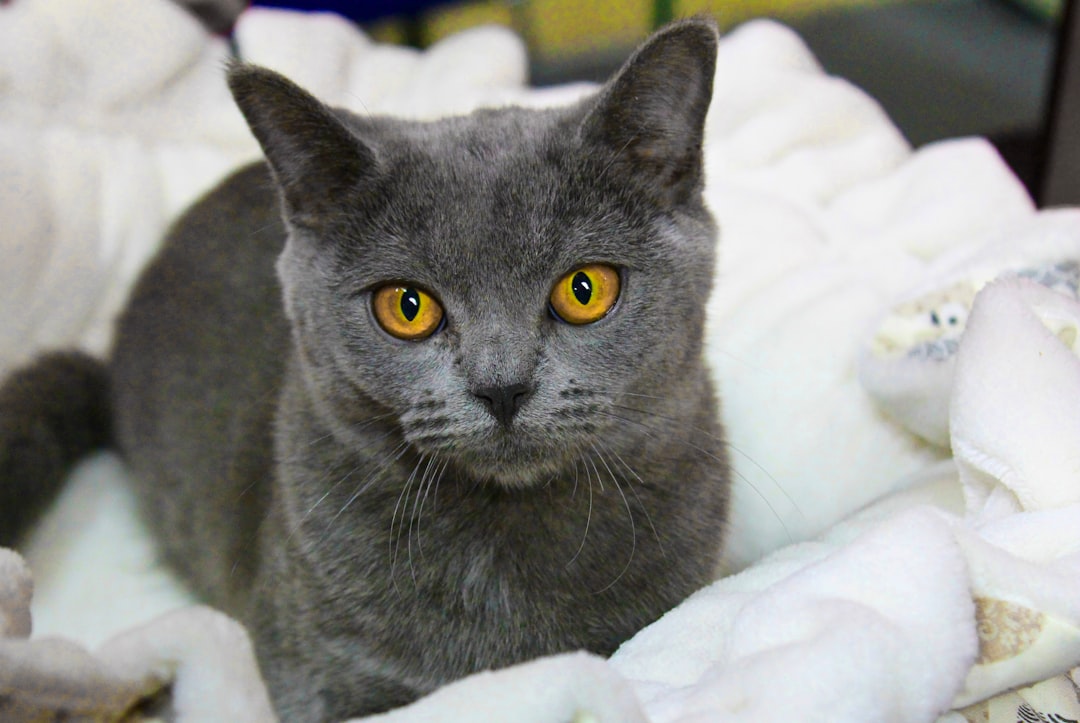
Purring as a Means of Communication
Cats use purring not just for comfort; it serves as an essential communication tool. The cat purring meaning varies based on context and the specific sound frequency. Here are some key aspects to understand how cats utilize purring:
Social Interaction: Cats often purr when they’re around their human companions or fellow felines. This sound can indicate happiness, contentment, or the desire for attention.
Request for Care: In some situations, cats purr to signal a need. For example, a cat may purr when it’s hungry or seeking affection, demonstrating that this low rumble is part of their social signaling.
Healing Communication: Interestingly, studies suggest that purring frequencies promote healing. Thus, when a cat purrs while resting or when feeling unwell, it may communicate a need for care or comfort.
In summary, understanding the cat purring meaning can deepen your bond with your feline friend and provide insight into their emotional state. Listening closely to your cat’s purr can reveal much about how they communicate their needs and feelings.
When to be Concerned About Excessive Purring
While most cat purring signals indicate comfort and contentment, excessive purring can sometimes be a cause for concern. Understanding the cat purring meaning in these instances requires careful observation of your feline friend’s behavior. Here are some key points to consider:
Behavioral Changes: If your cat suddenly begins to purr more than usual and shows signs of distress, such as hiding or aggression, it might indicate discomfort or anxiety.
Accompanying Symptoms: Monitor for other signs like lethargy, loss of appetite, or unusual vocalizations. These could signal health issues that require attention.
Duration of Purring: Frequent, prolonged purring that deviates from your cat’s normal habits could suggest an emotional or physical problem.
| Situation | Interpretation |
|---|---|
| Normal purring with playfulness | Contentment, seeking affection |
| Purring coupled with hiding | Possible stress or pain |
| Excessive purring with agitation | Potential health issues, anxiety, or discomfort |
In summary, pay attention to the overall context of the cat purring meaning. If you’re ever in doubt, consulting a veterinarian is always a wise step to ensure your cat’s well-being.
Understanding Individual Cat Behavior
When it comes to deciphering the cat purring meaning, it’s crucial to recognize that every feline has its unique personality and behavior. Here are some key points to help you better understand your cat’s purring signals:
Context Matters: Observe when your cat purrs. For example, does it purr while cozying up to you or during stressful situations? Context can reveal a lot about their emotional state.
Body Language: Combine purring with other physical cues such as:
- Tail Position: A high, twitching tail indicates happiness, while a drooping tail may signal discomfort.
- Ears Orientation: Forward-facing ears show curiosity, while flattened ears suggest agitation.
Frequency and Volume: Notice the intensity of the purring. Is it soft and constant, or loud and sporadic? Here’s a quick comparison:
Purring Type Possible Meaning Soft and steady Contentment or relaxation Loud and erratic Stress or potential discomfort
By paying attention to these behaviors, you can gain deeper insights into your cat’s feelings, allowing you to interpret the cat purring meaning effectively and strengthen your bond with your feline companion.
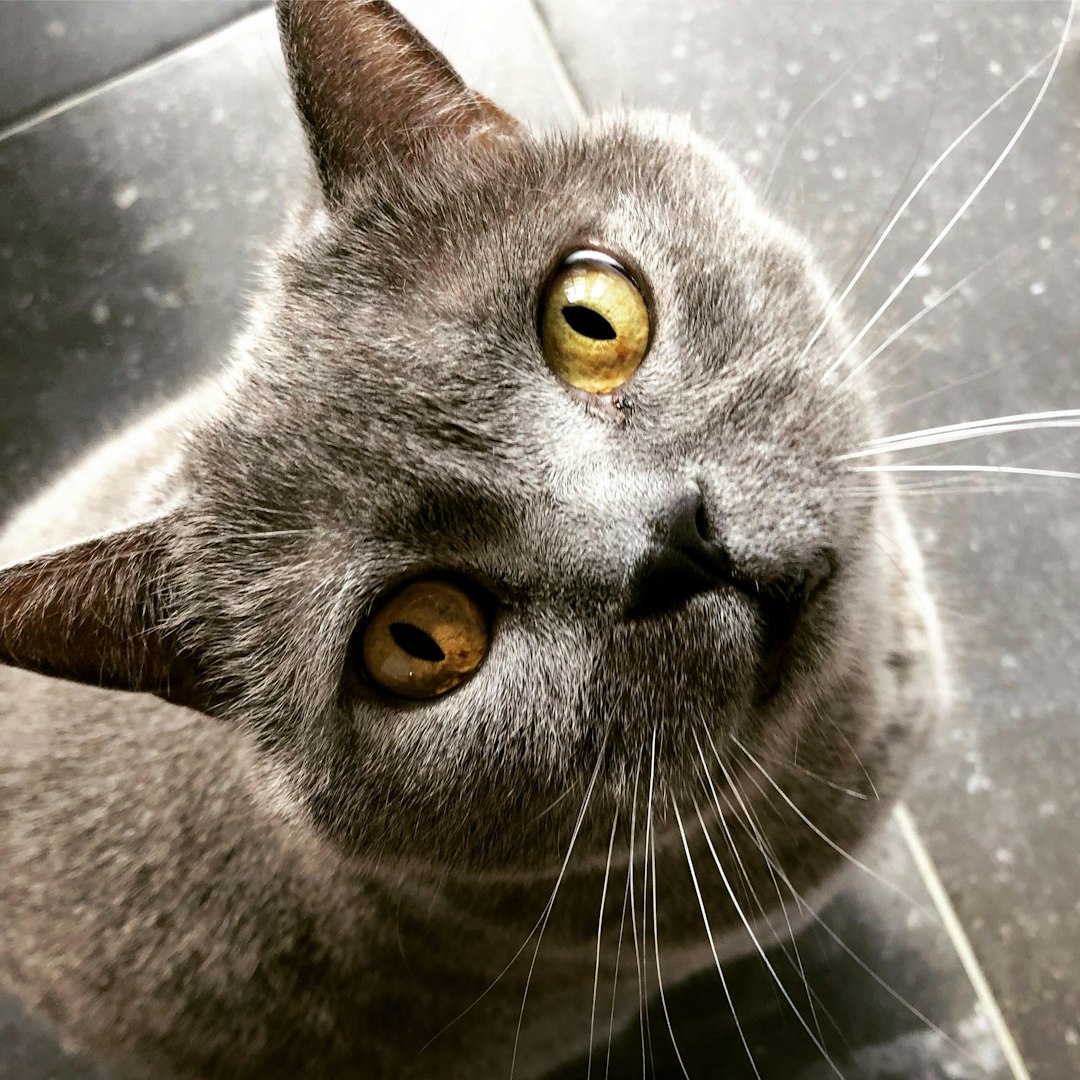
Tips for Interpreting Your Cat’s Purring Signals
Understanding the cat purring meaning can significantly enhance your bond with your feline friend. Here are some tips to help you interpret your cat’s purring signals effectively:
Observe Body Language: Pay attention to the overall posture of your cat. A relaxed body with an upright tail may indicate contentment, while a tense body could suggest discomfort.
Consider Context: Think about the situation when your cat starts purring. Are they curled up next to you, or are they in a new environment? Context plays a crucial role in understanding the cat purring meaning.
Listen to the Sound: Not all purrs are created equal. A soft, rhythmic purr often signals pleasure, while a louder, more erratic purr might imply stress or a need for comfort.
Look for Other Behaviors: Combine purring with other behaviors. If your cat is grooming itself or kneading, it likely feels safe and happy.
Monitor for Changes: If your cat suddenly purrs more or less than usual, it may indicate a change in their emotional state or health, warranting a visit to the vet.
By keeping these tips in mind, you can better understand your cat’s purring and its specific cat purring meaning in different situations.
Frequently Asked Questions
Why do cats purr?
Cats purr for various reasons which primarily relate to comfort and communication. Purring often signifies that a cat is content and relaxed, especially when they’re being petted or are in a comfortable environment. However, they might also purr as a self-soothing mechanism when they’re stressed, injured, or unwell. Additionally, mother cats will purr to signal to their kittens that they are safe, creating a soothing environment. Understanding the context in which your cat purrs can help decipher their emotional state.
Is purring always a sign of happiness in cats?
While purring is commonly associated with happiness and comfort in cats, it is not always an indication of a positive emotional state. Cats may also purr when they are feeling anxious, in pain, or unwell. This purring can act as a self-soothing mechanism and is sometimes used as a way to communicate with their owners or other cats. Thus, it’s essential to observe other body language cues and the context of the purring to interpret its true meaning.
How can I tell if my cat is purring due to contentment?
To determine if your cat’s purring indicates contentment, observe their body language and posture. A relaxed cat will often have a soft body, closed or half-closed eyes, and may knead with their paws. If they approach you for petting and purr softly while nuzzling or leaning into you, it is a strong sign of comfort. In contrast, if your cat’s tail is tucked, ears are back, or they show other signs of stress, the purring may not be a sign of contentment.
Can a cat’s purring have health benefits?
Yes, a cat’s purring can indeed offer health benefits to both the cat and its owner. Research suggests that purring occurs at frequencies between 25 and 150 Hertz, which may promote healing through tissue regeneration, reduction of pain, and stress relief. Hence, when a cat purrs while being held or cuddled, it can create a calming effect, reducing stress and anxiety for both the cat and its human companion. This serves to strengthen the bond between cats and their owners.

